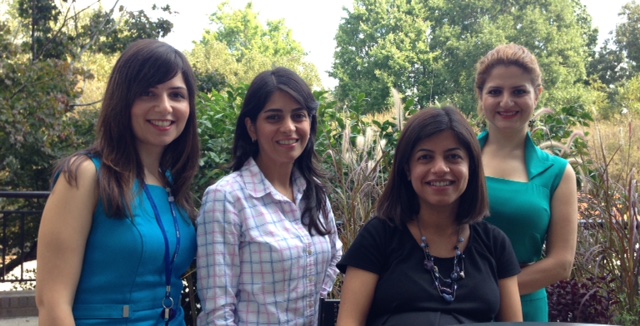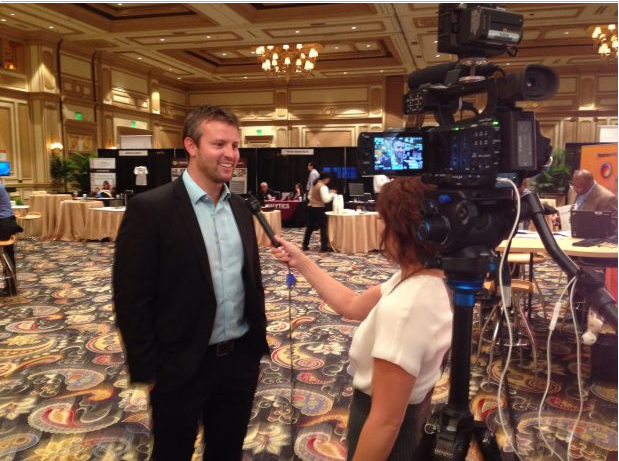
How do we hire data scientists at SAS, since we are not unique in our search for a rare talent type that continues to be in high demand? This post is the last in a series on finding data scientists, based on best practices at SAS and illustrated with some













